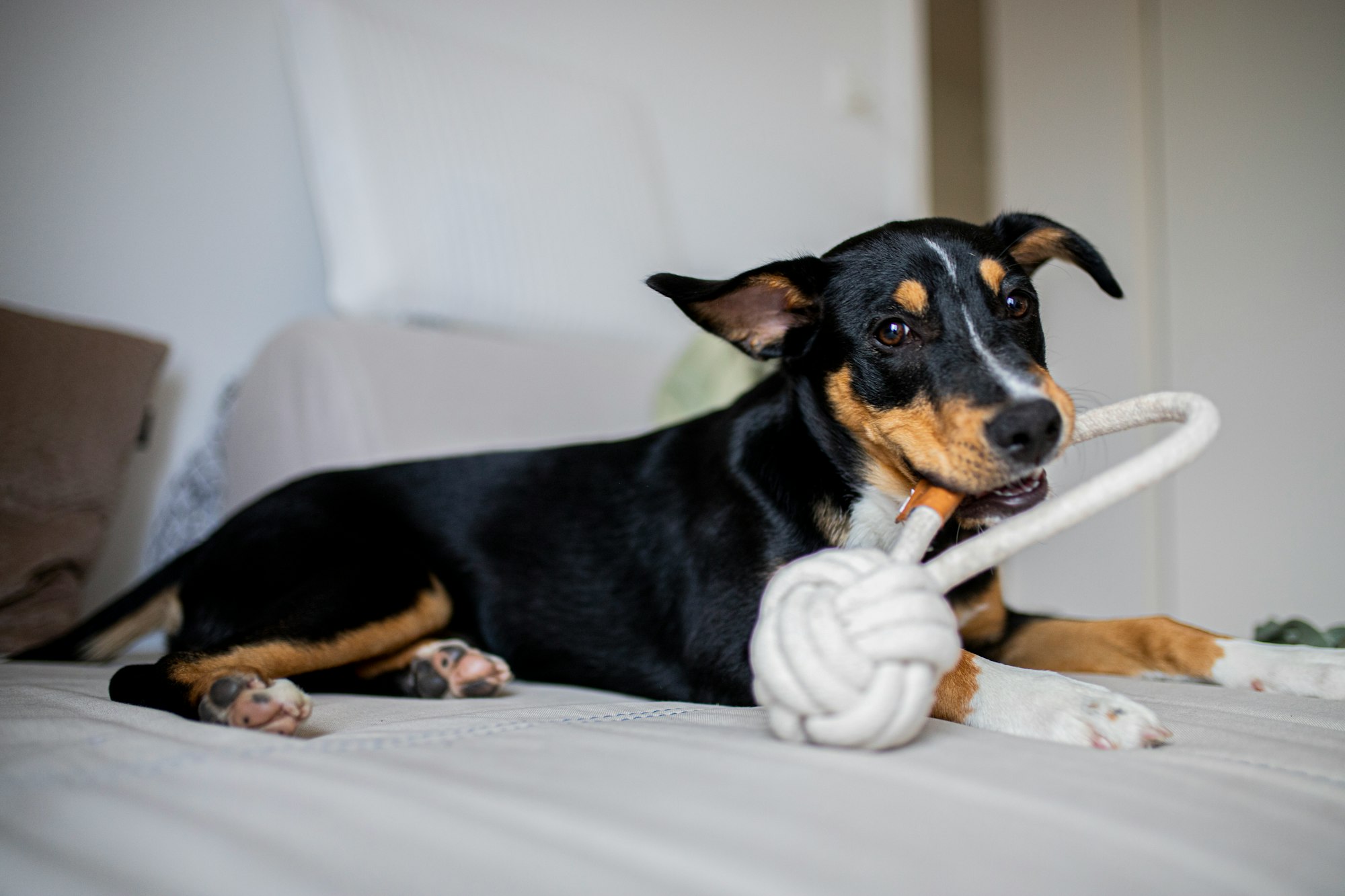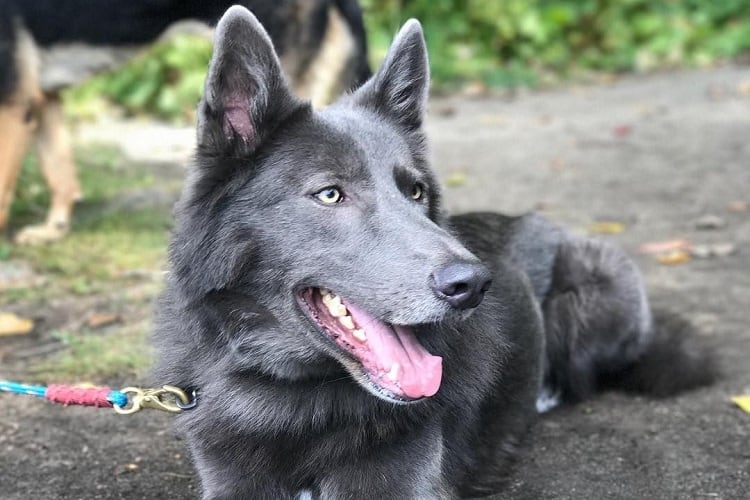When it comes to bringing a furry companion into your life, considering their lifespan is crucial. One popular and adorable mixed breed that has captured the hearts of many dog lovers is the Maltipoo. Combining the charming characteristics of the Maltese and the Poodle, the Maltipoo is a delightful companion known for its intelligence, affection, and hypoallergenic coat. In this article, we will explore the lifespan of Maltipoos, the factors influencing their longevity, and how to ensure they live a healthy and fulfilling life.
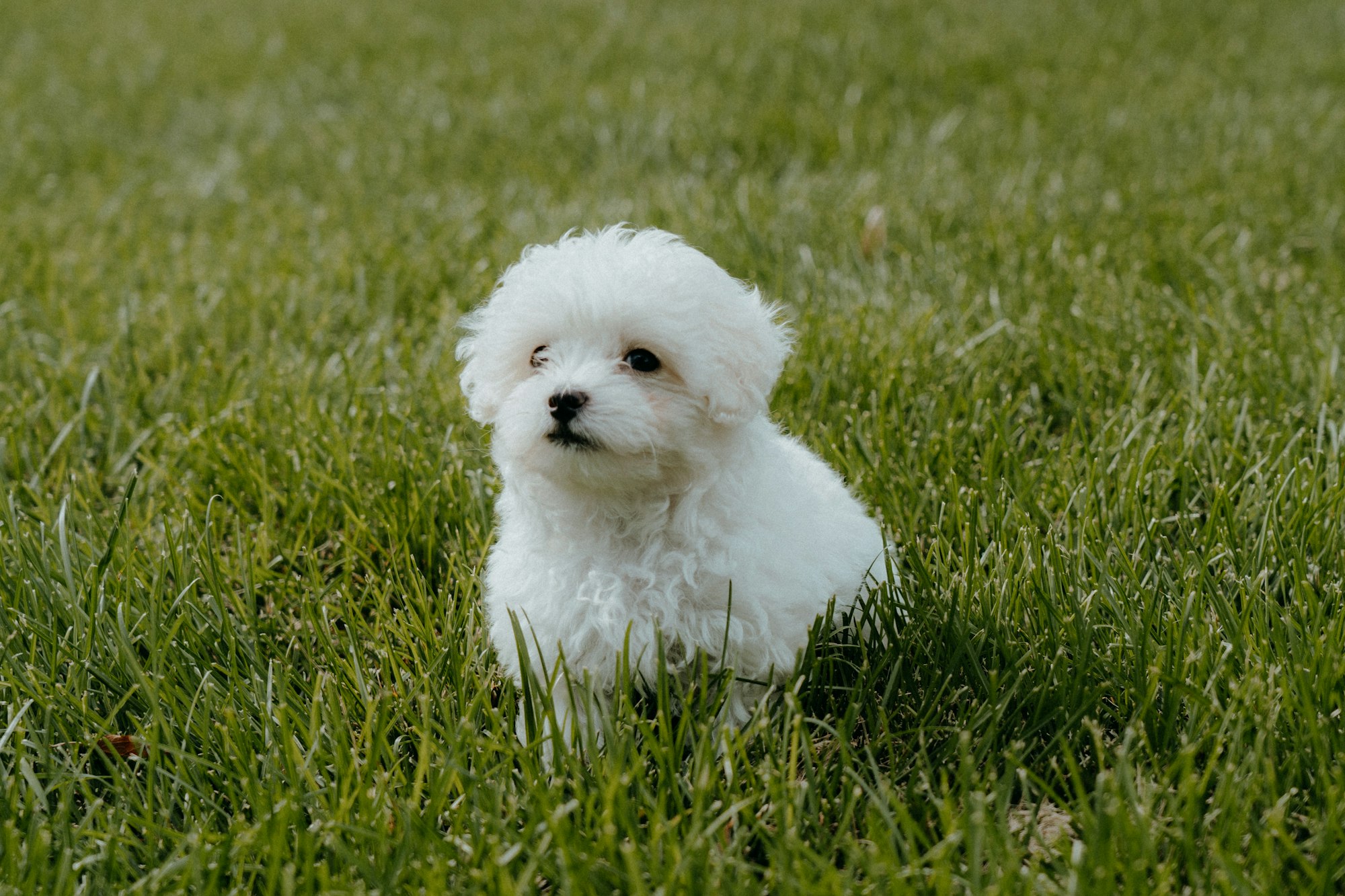
Understanding Maltipoos
1. What is a Maltipoo?
A Maltipoo is a crossbreed dog that results from the intentional breeding of a Maltese and a Poodle. They are known for their small size, friendly nature, and hypoallergenic coat, which makes them a popular choice for individuals and families seeking a companion that is both lovable and suitable for those with allergies.
2. The Maltese
The Maltese is a toy breed known for its long, silky white coat and gentle temperament. They have been adored as companions for centuries and are often associated with luxury and aristocracy. Maltese dogs are highly affectionate and make excellent family pets.
3. The Poodle
Poodles come in three sizes: standard, miniature, and toy. They are renowned for their intelligence, trainability, and distinctive curly coat. Poodles are available in various colors and have a reputation for being highly adaptable and eager to please.
Maltipoo Complete Introduction
1. Origin and Breed History
Maltipoos are a relatively recent designer breed that originated in the United States. Breeders aimed to create a small companion dog with hypoallergenic qualities and a charming personality. The combination of the Maltese, known for its elegance and gentle nature, and the Poodle, a highly intelligent and trainable breed, resulted in the Maltipoo we know today.
2. Appearance and Coat
Maltipoos come in various sizes, ranging from teacup to standard, depending on the size of the Poodle parent. They have a compact and sturdy build, with a round skull and expressive eyes. Their coat can be curly, wavy, or straight, and is usually soft and fluffy. Maltipoos come in a range of colors, including white, cream, apricot, and black.
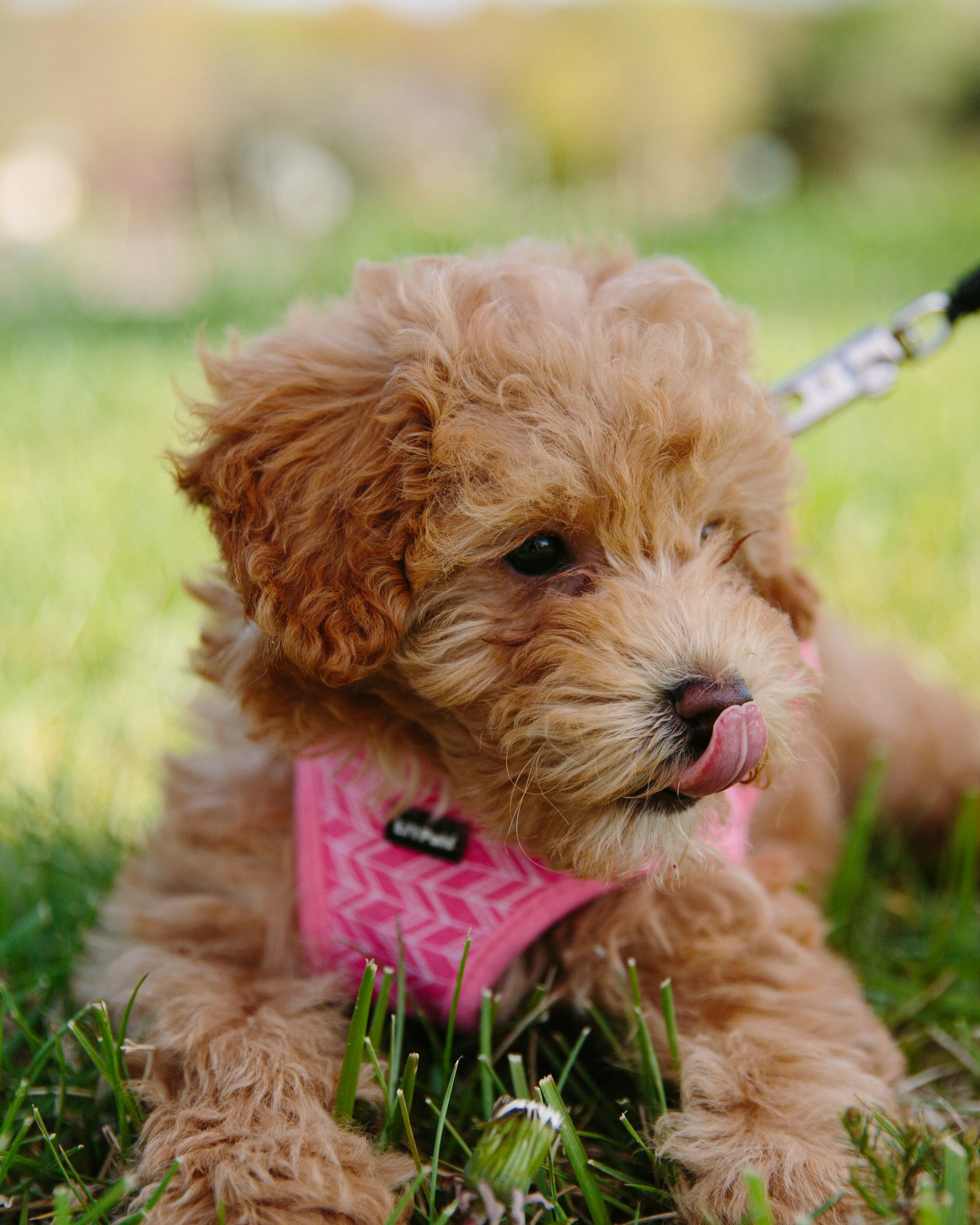
3. Temperament and Personality
Maltipoos are renowned for their friendly and affectionate nature. They thrive on human companionship and make excellent family pets. These dogs are known for their intelligence, which makes them highly trainable. Maltipoos are often described as lively, gentle, and playful, and they get along well with children and other pets.
4. Exercise and Training
While Maltipoos are energetic, their exercise needs can be met with regular playtime and daily walks. Engaging them in interactive games and providing mental stimulation is essential to keep their minds sharp. Maltipoos are quick learners and respond well to positive reinforcement training methods. Early socialization and obedience training are crucial to ensure they grow into ell-mannered dogs.
5. Grooming Needs
Maltipoos have a low-shedding, hypoallergenic coat that requires regular grooming. Brushing their fur a few times a week helps prevent matting and keeps their coat healthy and tangle-free. Professional grooming every 4-6 weeks is recommended to maintain their appearance. Regular ear cleaning, teeth brushing, and nail trimming are also necessary to ensure their overall hygiene.
6. Health Considerations
Like any dog breed, Maltipoos can be prone to certain health issues. However, being a mixed breed, they generally have better genetic diversity compared to purebred dogs. Some health concerns to be aware of include dental problems, allergies, patellar luxation (knee dislocation), and eye issues. Regular veterinary check-ups and a nutritious diet can help prevent or manage these conditions.
7. Feeding and Nutrition
Providing a balanced and nutritious diet is essential for the overall health and well-being of your Maltipoo. Feed them high-quality dog food that is appropriate for their size, age, and activity level. Consult with your veterinarian to determine the appropriate portion sizes and feeding frequency for your Maltipoo. Avoid overfeeding to prevent obesity, which can lead to various health problems.
8. Socialization and Interaction
Maltipoos are social dogs that thrive on human interaction. They enjoy spending time with their family members and can suffer from separation anxiety if left alone for long periods. Ensure they receive plenty of socialization from an early age by exposing them to different people, animals, and environments. This helps develop their confidence and ensures they grow up to be well-adjusted and friendly dogs.
Maltipoo Lifespan
1. Average Lifespan of a Maltipoo
On average, Maltipoos have a lifespan of 10 to 15 years. However, it's important to note that individual Maltipoos may live shorter or longer lives depending on various factors such as genetics, diet, exercise, and overall health care.
2. Factors Affecting Maltipoo Lifespan
Several factors can influence the lifespan of a Maltipoo:
· Genetics: Genetics play a significant role in a Maltipoo's lifespan. By understanding the health history of the parent breeds, you can gain insight into potential inherited health issues. Reputable breeders conduct health tests on their breeding dogs to minimize the risk of passing on genetic disorders.
· Diet and Nutrition: Providing a well-balanced diet and meeting the nutritional needs of your Maltipoo is crucial for their overall health and lifespan.
· Exercise and Mental Stimulation: Regular exercise and mental stimulation help keep Maltipoos physically fit and mentally sharp, promoting a longer and healthier life.
· Veterinary Care: Routine check-ups, vaccinations, and preventive treatments can detect and address health issues early on, potentially extending your Maltipoo's lifespan.
· Dental Care: Maintaining good oral hygiene through regular brushing and professional dental cleanings can prevent dental diseases and related complications.
· Grooming and Hygiene: Proper grooming practices, such as regular bathing, brushing, and keeping the coat clean and mat-free, contribute to the overall well-being of your Maltipoo.

Promoting a Long and Healthy Life
To ensure your Maltipoo lives a long and fulfilling life, consider the following:
1. Balanced Diet and Nutrition
Provide your Maltipoo with high-quality dog food that meets their nutritional requirements. Consult with your veterinarian to determine the appropriate diet based on their age, size, and activity level. Avoid overfeeding and provide fresh water at all times.
2. Regular Exercise and Mental Stimulation
Engage your Maltipoo in daily exercise routines such as walks, playtime, and interactive toys. Mental stimulation through puzzle toys and training sessions can keep their minds active and prevent boredom.
3. Routine Veterinary Care
Schedule regular check-ups with a veterinarian who specializes in small breeds. Vaccinations, parasite prevention, and early detection of health issues are essential for maintaining your Maltipoo's well-being.
4. Dental Care
Brush your Maltipoo's teeth regularly using a dog-friendly toothpaste and toothbrush. Additionally, provide dental treats or toys that promote oral health and help prevent dental diseases.
5. Proper Grooming and Hygiene
Maltipoos have a luxurious coat that requires regular grooming to prevent matting and tangling. Brush their coat frequently, bathe them when necessary using a mild dog shampoo, and keep their ears clean and dry to avoid ear infections.
Common Health Issues
While Maltipoos are generally healthy dogs, they may be prone to certain health issues:
1. Genetic Health Conditions: As a mixed breed, Maltipoos can inherit health conditions from their parent breeds. These may include allergies, patellar luxation, dental problems, and eye disorders. Responsible breeding practices can help minimize the risk of genetic health issues.
2. Dental Problems: Small dog breeds like Maltipoos are prone to dental problems, including tooth decay, gum disease, and tooth loss. Regular dental care, including professional cleanings, can prevent these issues and ensure good oral health.
3. Allergies and Skin Sensitivities: Maltipoos can develop allergies and sensitivities to certain foods, environmental factors, or grooming products. Pay attention to any signs of itching, redness, or skin irritation, and consult your veterinarian for appropriate treatment.
4. Eye and Ear Conditions: Maltipoos may be susceptible to eye infections, tear stains, and ear infections due to their facial structure and floppy ears. Regular cleaning and proper grooming can help prevent these conditions.
Recognizing Signs of Aging
As Maltipoos age, certain changes may occur:
1. Changes in Physical Appearance: Graying of the coat, reduced energy levels, and weight gain are common signs of aging in Maltipoos. Additionally, they may experience joint stiffness and mobility issues.
2. Decreased Energy Levels: Older Maltipoos may become less active and require more rest. Adjust their exercise routine accordingly to avoid strain or discomfort.
3. Behavioral Changes: Some senior Maltipoos may exhibit changes in behavior, such as increased irritability, decreased tolerance for physical activity, or cognitive decline. Consult with a veterinarian if you notice significant changes in behavior or overall well-being.
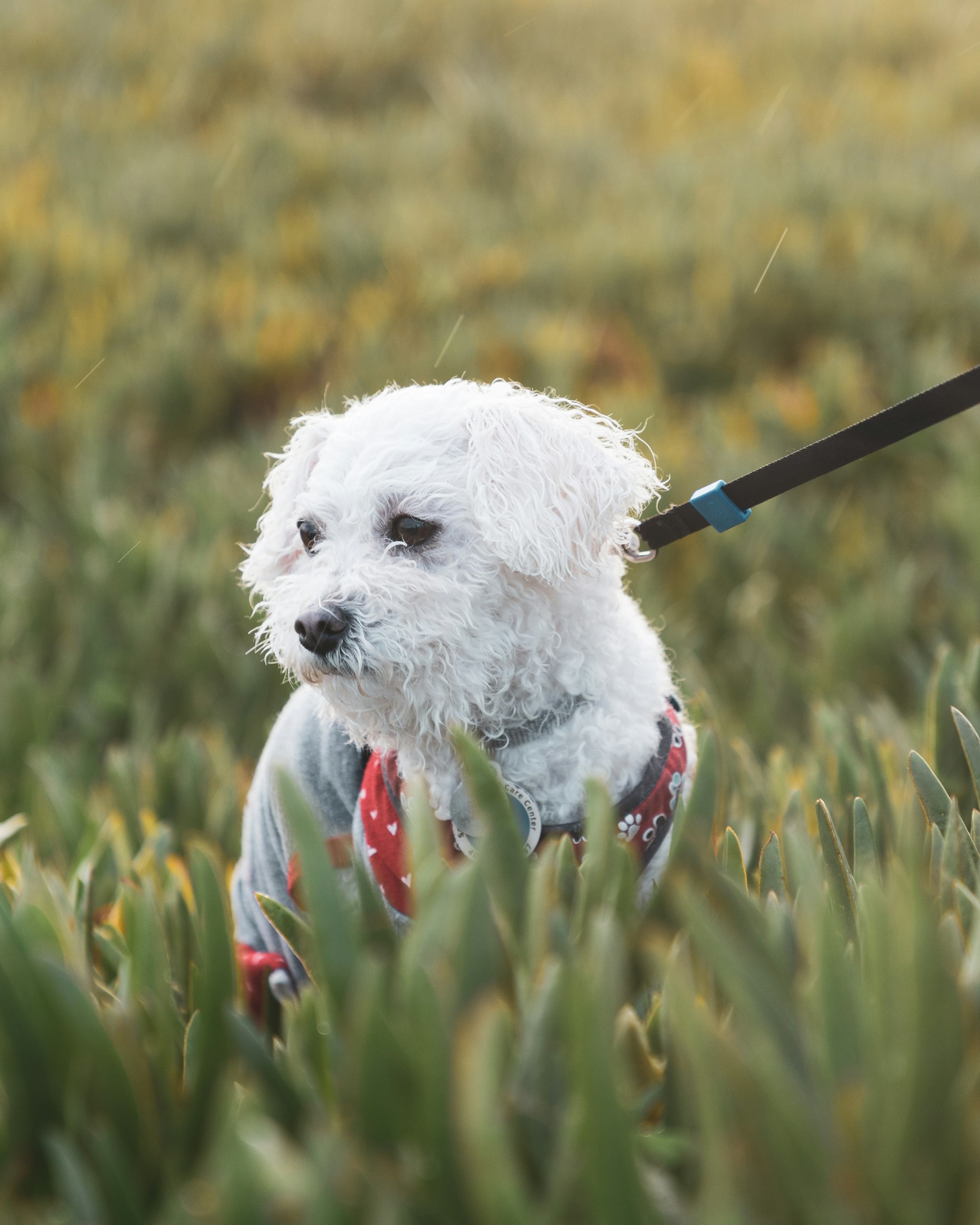
Caring for Your Senior Maltipoo
As your Maltipoo enters their golden years, they require specific care to ensure their well-being:
Adjusting Diet and Nutrition: Consult with your veterinarian to adjust your Maltipoo's diet according to their changing nutritional needs. Senior dog food may be recommended to support their overall health.
Providing a Comfortable Environment: Create a cozy and comfortable space for your senior Maltipoo. Provide them with a warm bed, and easy access to water and food, and consider ramps or steps to help them navigate elevated surfaces.
Regular Exercise and Gentle Activities: While they may not have the same energy levels as before, it's critical to keep your senior Maltipoo is active. Short walks, gentle play, and mental stimulation can help maintain their mobility and cognitive function.
Regular Veterinary Monitoring: Schedule more frequent check-ups with your veterinarian to monitor your senior Maltipoo's health. Regular blood work and screenings can help identify and address age-related health issues promptly.

Conclusion
In conclusion, Maltipoos have an average lifespan of 10 to 15 years, but with proper care and attention to their health needs, they can live long and happy lives. By providing a balanced diet, regular exercise, routine veterinary care, and addressing their specific breed-related concerns, you can ensure your Maltipoo thrives throughout their lifespan.
FAQs (Frequently Asked Questions)
Here are some commonly asked questions about Maltipoos:
1. What is the average lifespan of a Maltipoo?
The average lifespan of a Maltipoo is around 10 to 15 years, depending on various factors such as genetics, diet, exercise, and overall health care.
2. Are Maltipoos prone to any specific health issues?
Maltipoos may be prone to certain health issues inherited from their parent breeds, including allergies, dental problems, eye disorders, and skin sensitivities. Regular veterinary care and proper grooming can help address these concerns.
3. How can I ensure my Maltipoo lives a long and healthy life?
To promote a long and healthy life for your Maltipoo, provide them with a balanced diet, regular exercise, routine veterinary care, proper dental hygiene, and regular grooming. Mental stimulation and a loving environment are also essential.
4. Are Maltipoos suitable for families with children?
Yes, Maltipoos can be great companions for families with children. They are generally friendly, and affectionate, and enjoy being part of a family. However, it's essential to teach children how to interact gently and respectfully with dogs.
5. Can Maltipoos adapt to apartment living?
Yes, Maltipoos can adapt well to apartment living. Their small size makes them suitable for living in smaller spaces, but they still require regular exercise and mental stimulation to stay happy and healthy.
6. Are Maltipoos hypoallergenic?
Yes, Maltipoos are considered hypoallergenic dogs. Their low-shedding coats produce less dander, making them suitable for individuals with allergies. However, it's important to note that no dog breed is completely hypoallergenic, as individual reactions may vary.
7. Are Maltipoos good with children?
Maltipoos are known for their friendly and gentle nature, making them generally good with children. However, as with any dog breed, supervision, and proper socialization are crucial to ensure positive interactions between Maltipoos and children.
8. Do Maltipoos require a lot of exercises?
While Maltipoos are energetic dogs, their exercise needs can be met with moderate daily exercise. They enjoy walks, interactive play sessions, and mental stimulation. Providing them with regular opportunities to burn off energy and engage their minds is significant for their well-being.
9. Are Maltipoos easy to train?
Yes, Maltipoos are generally intelligent and eager to please, which makes them relatively easy to train. Positive reinforcement techniques, such as rewards and praise, work well with this breed. Consistency, patience, and early training and socialization are key to raising a well-behaved Maltipoo.
10. How big do Maltipoos get?
The size of a Maltipoo can vary depending on the size of the Poodle parent. They can range from teacups (under 5 pounds) to standard (10-20 pounds). It's critical to research and chooses a reputable breeder who can provide information about the size of the Maltipoo's parents.
11. Do Maltipoos require a lot of grooming?
Yes, Maltipoos have a low-shedding, high-maintenance coat that requires regular rooming. They need to be brushed several times a week to prevent matting and tangling. Professional grooming every 4-6 weeks is recommended to maintain their coat's health and appearance.
12. Are Maltipoos good for first-time dog owners?
Maltipoos can be a good choice for first-time dog owners. They are generally easy to train, friendly, and adaptable. However, first-time owners need to educate themselves about proper dog care, training, and socialization to ensure a successful and happy relationship with their Maltipoo.
13. Where can I find a Maltipoo?
You can find Maltipoos from reputable breeders, rescue organizations, and shelters. It's necessary to do thorough research, ask for health clearances, and meet the breeder or rescue organization in person to ensure responsible breeding practices and the well-being of the dogs.
